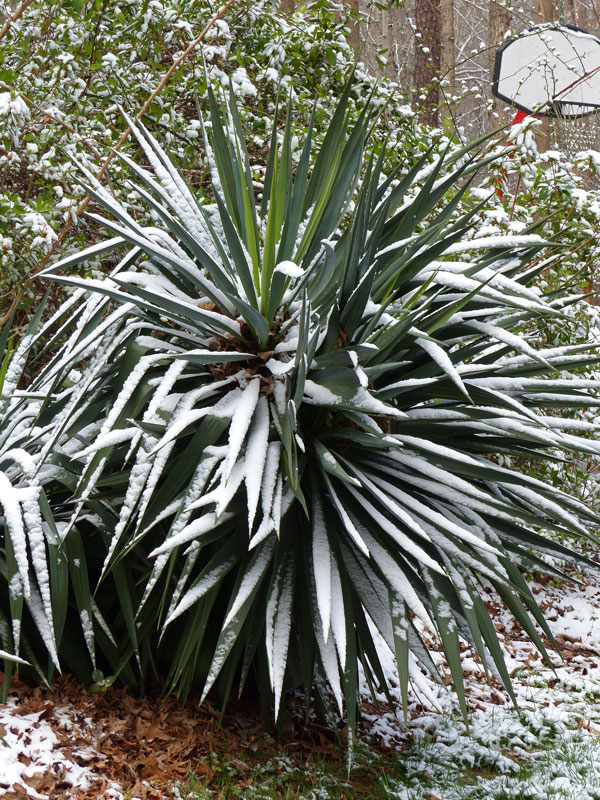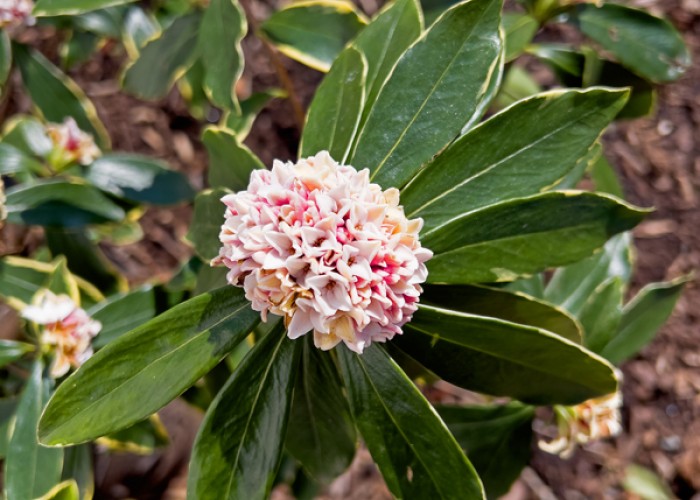The Rapid-Response Veggie
Plus Garden To-Do’s for February
By L.A. JacksonIf you are in a rush to crank up this year’s veggie patch, get growing with a pack of radish seeds. Now is a prime time to start radishes in the Piedmont and Coastal sections of the state, while gardeners in western counties might wait at least until the end of the month.
Once planted, radishes are rapid-response vegetables. Popular cultivars such as “Early Scarlet Globe,” “Sparkler,” “Easter Egg,” “Cherry Belle” and “Pink Beauty” can be harvested in less than a month. That’s rapid!
And although they might take up to two months to mature, daikon radishes, which typically look like long, white carrots, are worth planting, too, because they resist going to the pungent side better than common radishes as springtime heat begins to build. “April Cross” and “Summit” are two typical, easy-to-find daikon cultivars.
Plant radish seeds a half-inch deep in well-worked soil. Don’t just scatter the seeds because, when thinning young plants, you could easily disturb the roots that remain. For efficient production, space the seeds about two inches apart in beds rather than lining them up in rows. Fertilizer can, of course, boost your yield, but using a high-nitrogen product will result in loads of lovely leaf tops and skimpy radish roots.
Since radishes grow fast, you can start successive plantings every two weeks. This can continue until temperatures creep into the 70s when the warming weather will begin to increase their pungent punch.
Irrigation can help temper your radishes’ bite, so water the maturing plants at least once a week if Mother Nature does not provide. Also, organic mulch will help retain moisture and prevent stress, resulting in milder tasting radishes.
If after doing all of the above your radishes still tingle the taste buds too much, grab a vegetable peeler. The volatile oils that put a peppery pop in radishes are concentrated most in the skins and outer layers of flesh, so simply slice off these hot spots.
The roots are the main reason most gardeners grow this veggie, but if you would like to add a little extra zip to salads, steamed greens or stir-fries, toss in some young radish leaves. They are as delicious as they are nutritious, having three times the amount of vitamin C as the roots and being an excellent source of calcium.
Garden To-Do's for February
While we do reside in the sunny South, snow is still not a stranger to Carolina Country gardens. So, if the flakes fly, and they lightly dust your landscape plants, just sit back and enjoy the wintry scenery. However, if snowfall is substantial, use a broom or leaf blower to remove as much of the white powder as possible from evergreen plants to prevent the extra weight from breaking branches. Do this sooner rather than later, before the snow has a chance to partially melt and then refreeze into solid, clinging chunks of heavy ice.
-
Popular late spring/summer-blooming woody ornamentals such as beautyberry, butterfly bush, summersweet, crape myrtle and rose-of-Sharon blossom on new growth, so give these pretties a pruning this month for more flower power later in the growing season.
-
Winter can be a slow time at small engine repair shops, so if your leaf blower, weed eater, lawn mower, tiller or any other such motorized garden helper was acting ornery last year, now is a good time to get it serviced before the spring rush.
-
More February gardening
-
Share this story:







